
Before the Olympics, before the Veteran’s Memorial Highway, before it was even a mountain, Whiteface was buried under an imposing sheet of ice. That was 10,000 years ago, and the immense weight of a glacier was slowly receding and shaping the Adirondacks.
As the last Ice Age came to a close, glaciers retreated north across what is now New York state, carving mountains and valleys as they went. The scouring of the landscape shaped the land and revealed some interesting things that were previously buried.
Whiteface, like other mountains in the High Peaks, is mostly composed of anorthosite, a type of igneous rock formed 1.2 billion years ago under the incredible pressure found 15 miles beneath the earth’s surface. In months without snow, from afar, you’ll notice the slides on Whiteface are a lighter color than the slides on nearby peaks. That’s because landslides have exposed the mountain’s gabbroic anorthosite, which contains fewer dark crystals than the similar rock types elsewhere in the region.
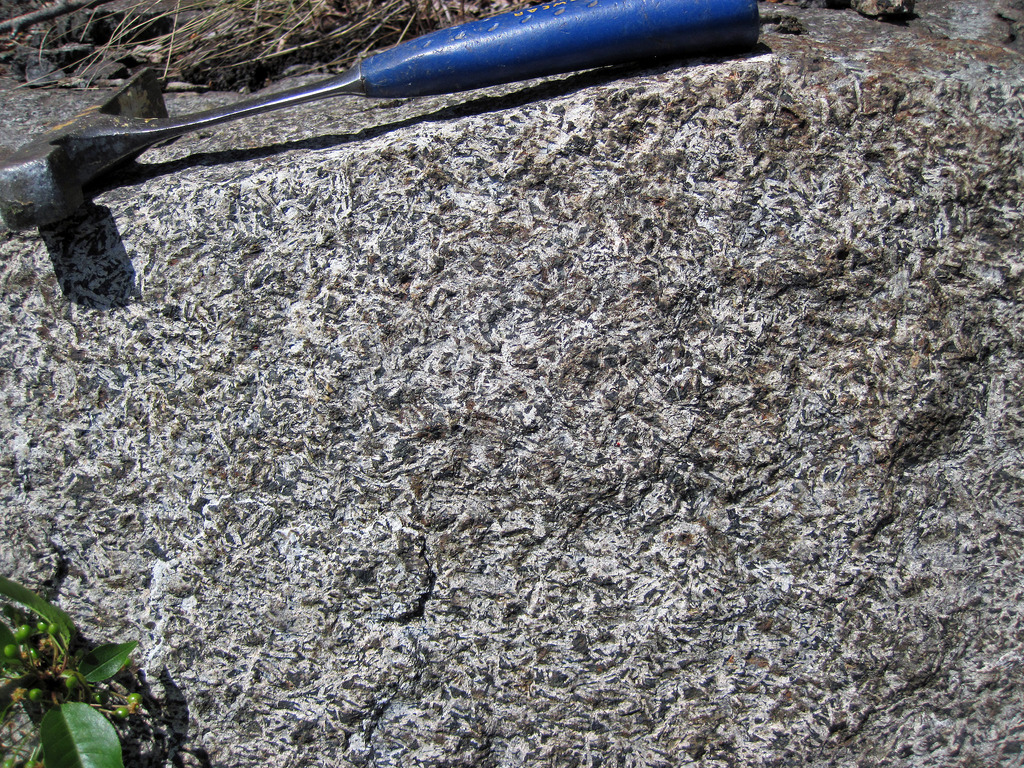
What’s in a name?
The 4,867-foot Whiteface Mountain stands about 10 miles north of the other High Peaks, making it hard to miss from any direction. It is believed the imposing land mass first got its name hundreds of years ago, when native people passed it on their way to the Lake Champlain valley. The Algonquins called it Wa-ho-par-te-nie, which translates to “it is white,” and a group of nomadic Canadian Indians dubbed it Thei-a-no-guen, which means “white head.”
Those names were given well before Europeans arrived on America’s shores, and also before the large rock slide of 1830 that exposed the underlying white rock, which many assume is what spurred the Whiteface moniker. Instead, it’s thought that a bunch of smaller rock slides and the white crown which sits atop the summit three seasons out of the year were the inspiration.
Early development
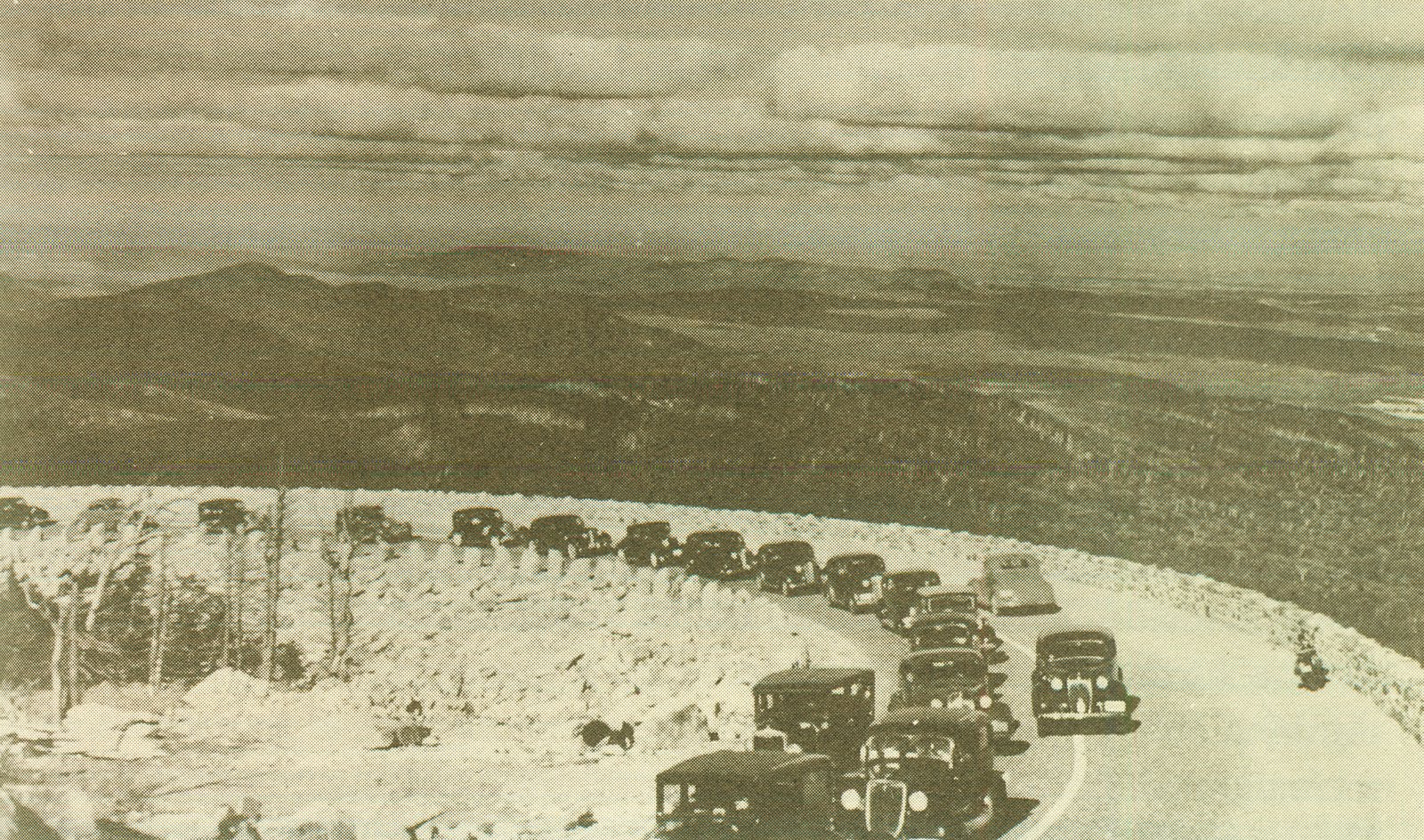
Development in the area surrounding Whiteface began sometime in the late 1790s, with development on the mountain itself starting sometime in the mid- to late-1800s by Adirondack guides, who catered to sportsmen looking for a truly wild wilderness experience. It wasn’t until 1860 that the first formal path to the summit was finished, a difficult climb that predated modern trail building considerations like switchbacks and instead charged directly up the steep slopes.
In the early 1900s, a fire tower was constructed to survey the surrounding landscape. These days forest fires are a rarity in the lush, wet forests of the Adirondacks, but back then clear cut logging practices left a lot of woody debris behind. That stuff would dry, creating piles of tinder for any errant spark to ignite.
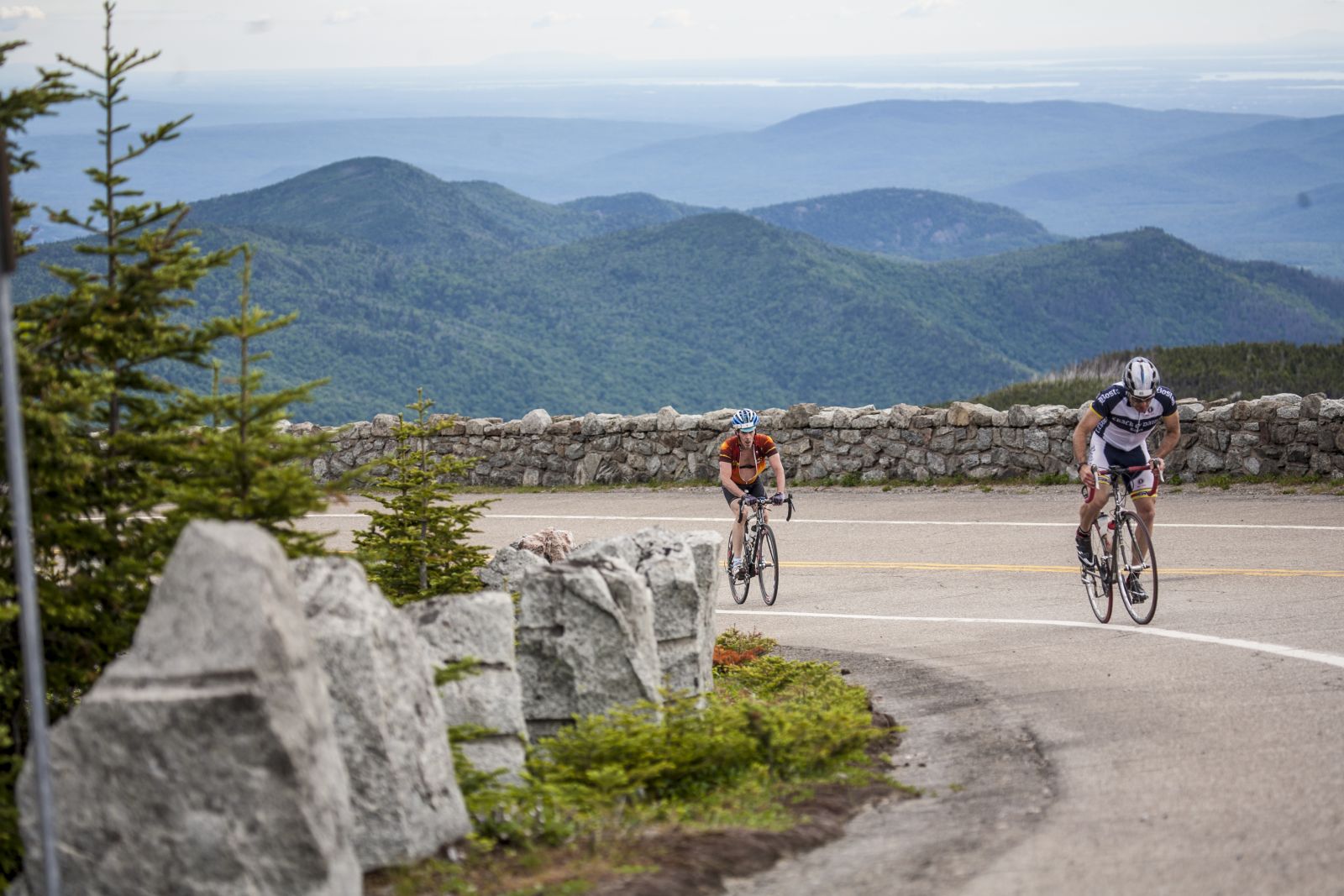
Fast forward to 1929, when then-New York Governor Franklin D. Roosevelt initiated construction on the toll road and Whiteface castle. The $1.2 million project ended with an official opening ceremony on July 20, 1935 that featured Roosevelt, who had become president. The impressive, 5-mile roadway brings visitors along an average grade of 8 percent to within 300 feet of the mountain’s summit. The highway was dedicated to the veterans of World War I, and called the Whiteface Mountain Veterans Memorial Highway.
The impressive castle was built with granite excavated during the road construction. Visitors can reach it two ways, either via the Stairway Ridge Trail, which climbs a steep 0.2 mile along steps with a handrail, or by walking into the 424-foot long tunnel, which ends with a 27-story elevator ride through the core of the peak to the top.
An Olympic mountain
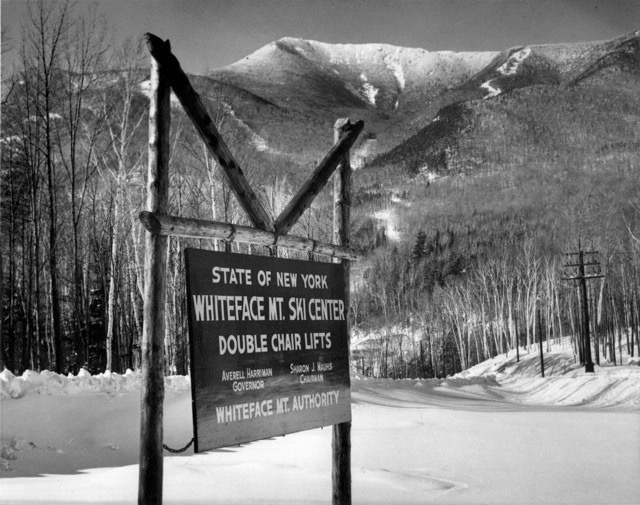
Even though the sport wasn’t part of the early Games, the 1932 Winter Olympics in Lake Placid generated a lot of interest in alpine skiing. In 1938, that interest led to the clearing of 2,700 feet of an old logging road, a path that became the state’s first certified Class A alpine ski trail. Competitors had to climb to the start to make the run — almost 3,000 feet!
Several mom-and-pop ski centers dotted the Wilmington and Lake Placid regions back in those days, including Marble Mountain, a modest hill with five trails serviced by rope tows and a T-bar lift. Hikers can still catch a glimpse of that bygone era by taking the Marble Mountain trail to the summit. The path starts at the Atmospheric Sciences Research Center and follows one of the old lift lanes almost to the top of Marble before following the ridge to Whiteface’s summit.
Marble Mountain faced financial difficulties sparking a discussion regarding its viability in the early ‘50s. Construction of a new, larger ski destination began in 1957 and Whiteface Mountain Ski Center officially opened on January 25, 1958.
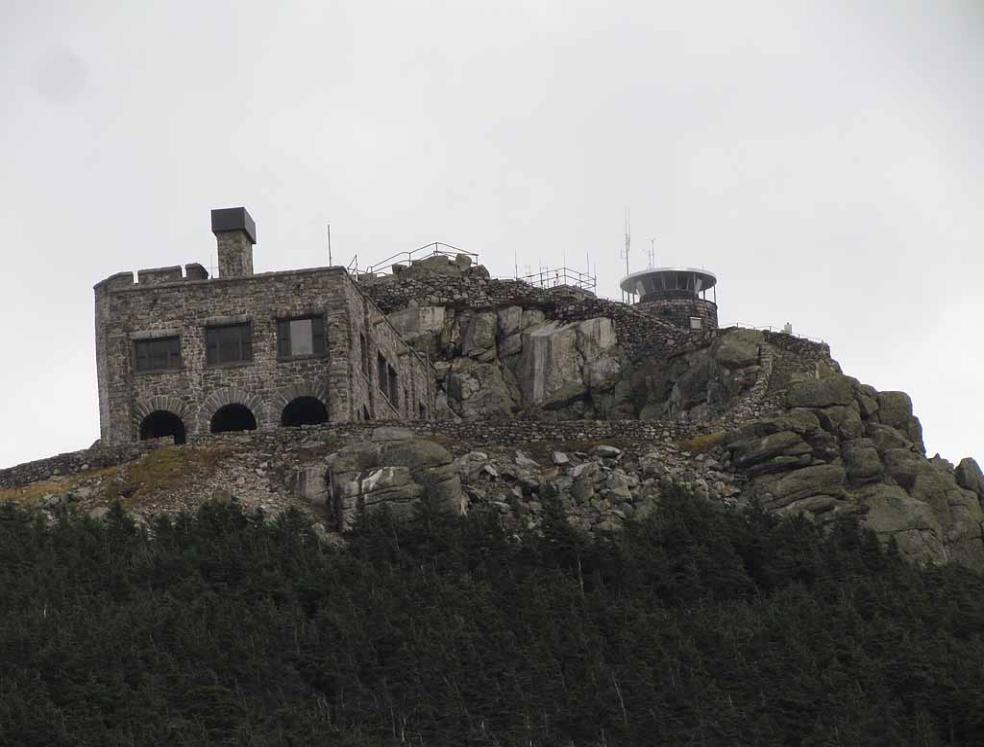
The resort’s offerings have been growing steadily ever since the first chairlifts started running. Perhaps the most striking evidence of this was the mountain’s role in hosting the alpine events of the 1980 Olympic Winter Games. Other events at Whiteface happen annually, including the World Cup in freestyle skiing and competitions that are part of the Empire State Winter Games.
Check out the Whiteface stats below, then plan a trip to see the mountain’s Olympic proportions for yourself!
- Whiteface's highest lift tops off at 4,386 feet
- Whiteface has 22 miles of skiable terrain spread across 88 trails
- Whiteface has a vertical drop of 3,430 feet, the biggest in the East
- The Slides area can only be reached by hiking from the Summit Quad, and should only be attempted by experts
- Little Whiteface’s summit, reached by the gondola, is at 3,676 feet
- A 13-acre terrain park, the Park N' Pipe, has ramps, rails, and pipes
- Bear Den Mountain is a separate area for beginners
